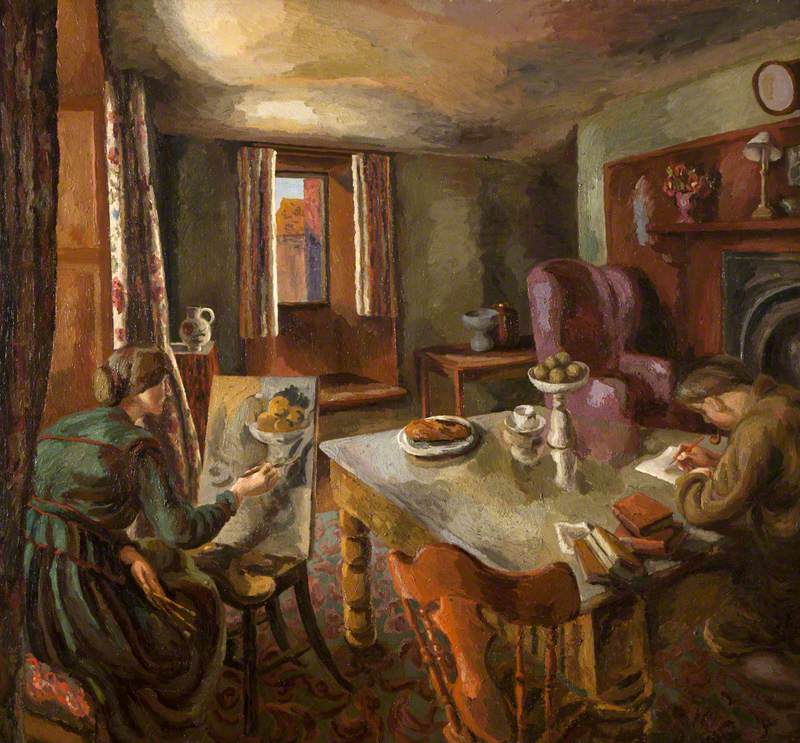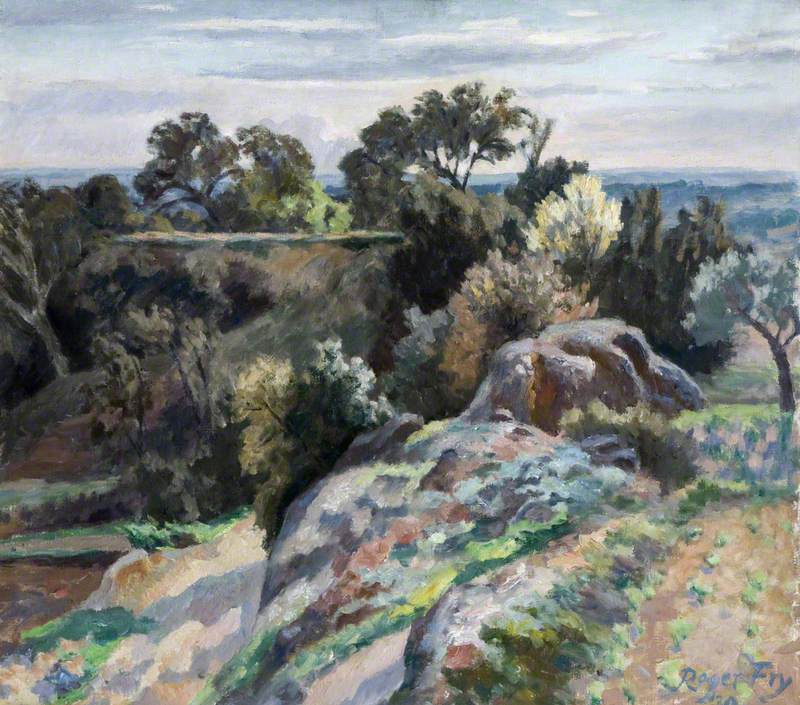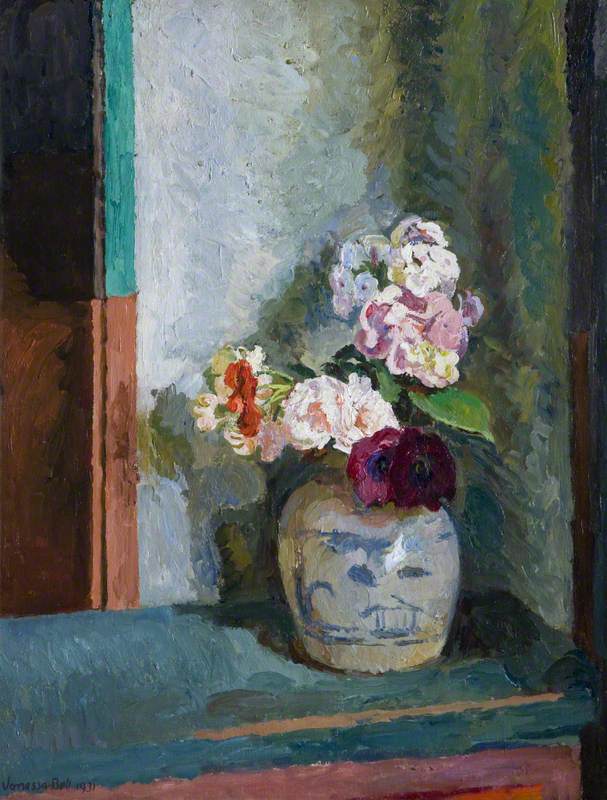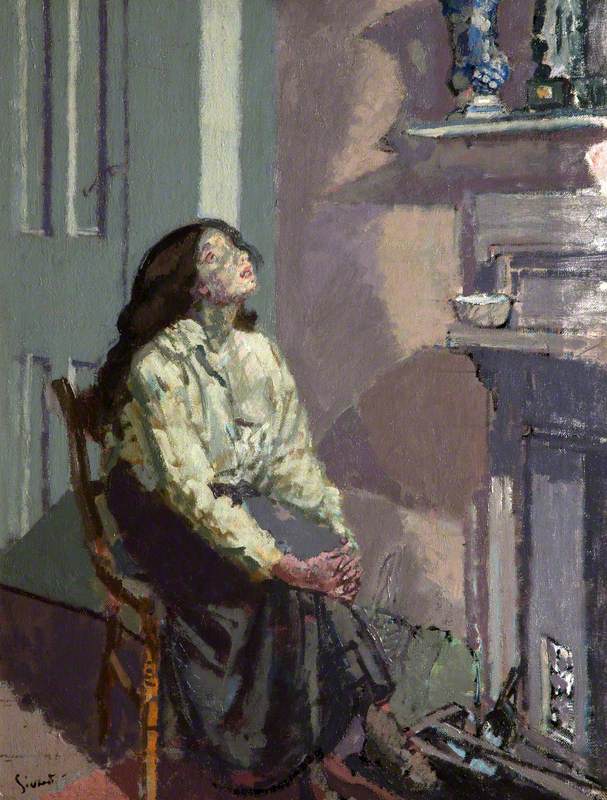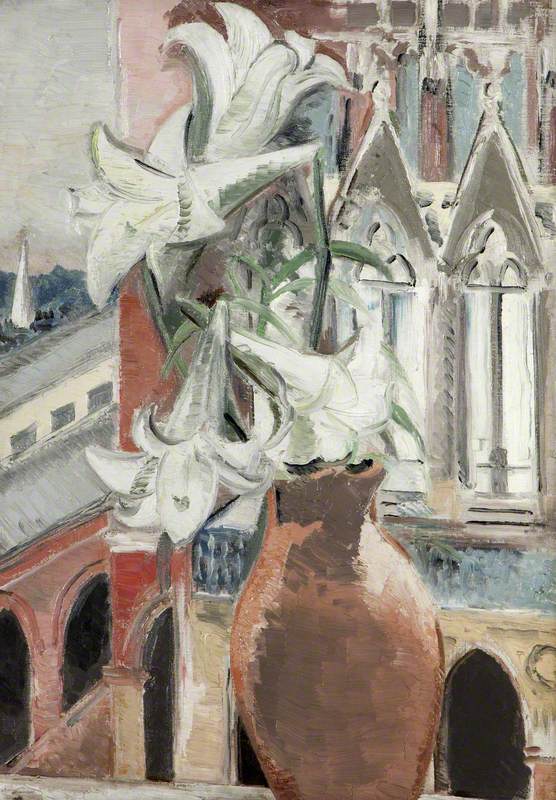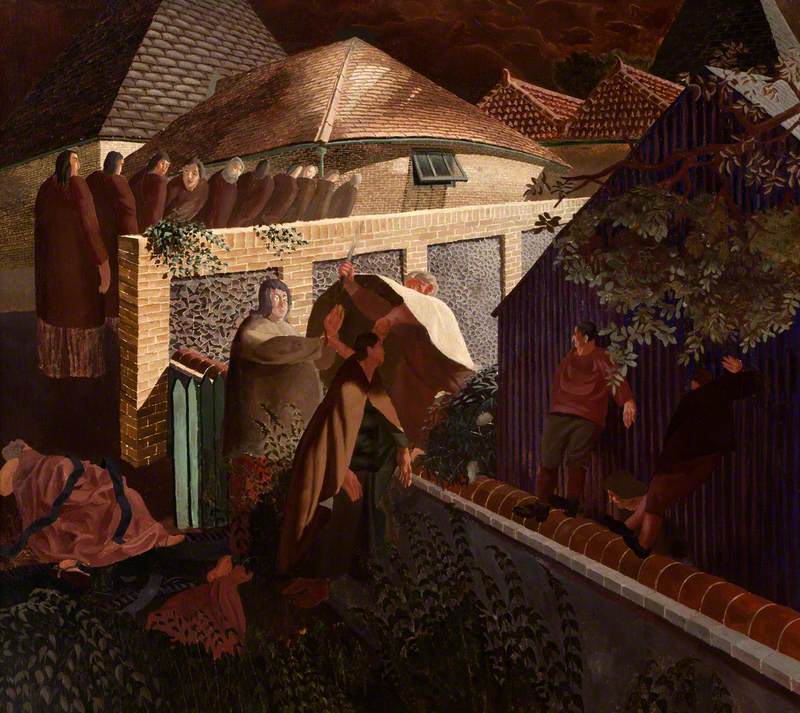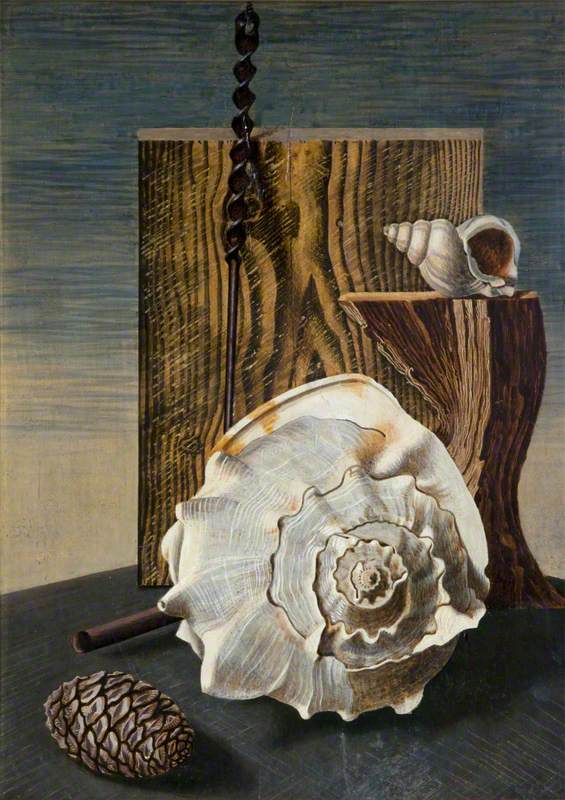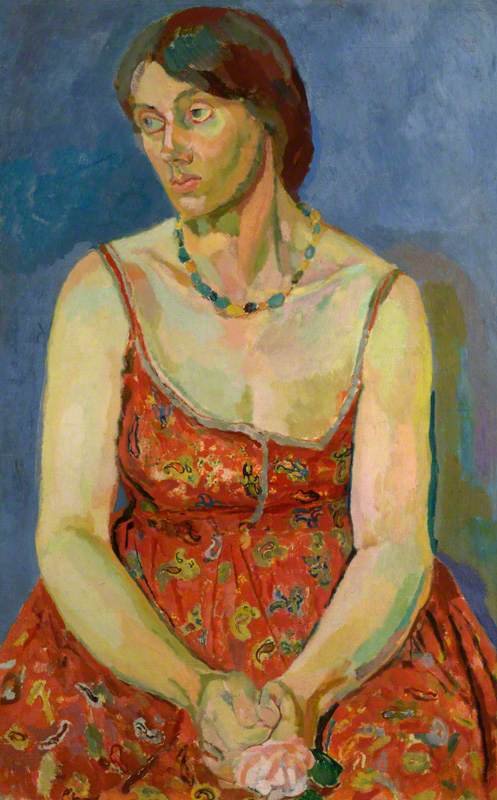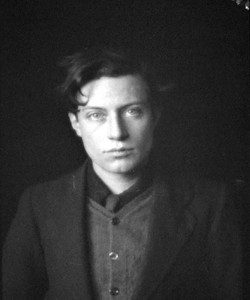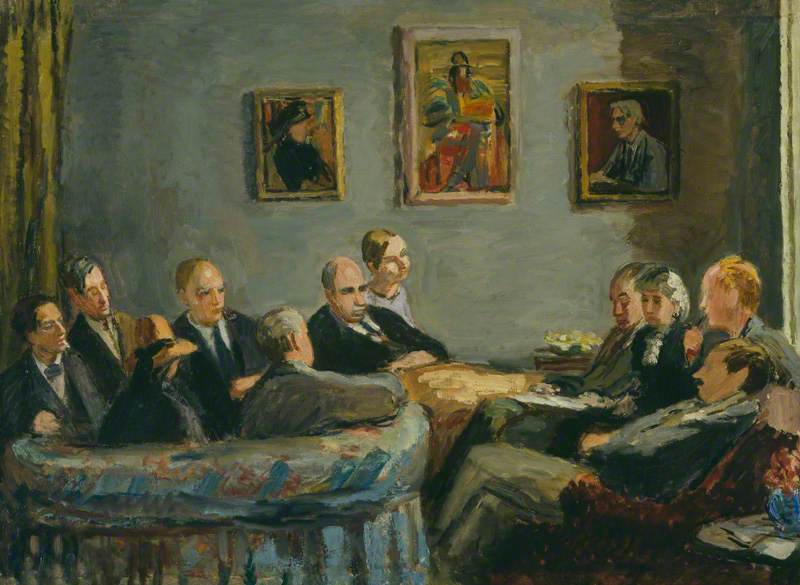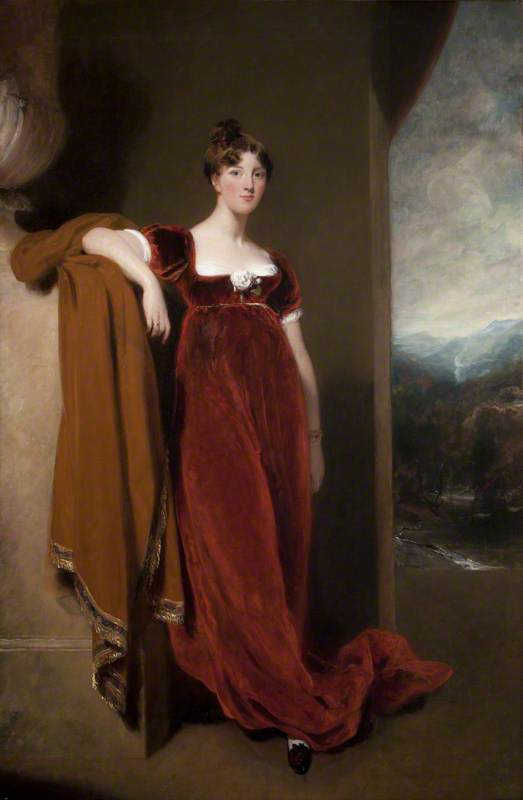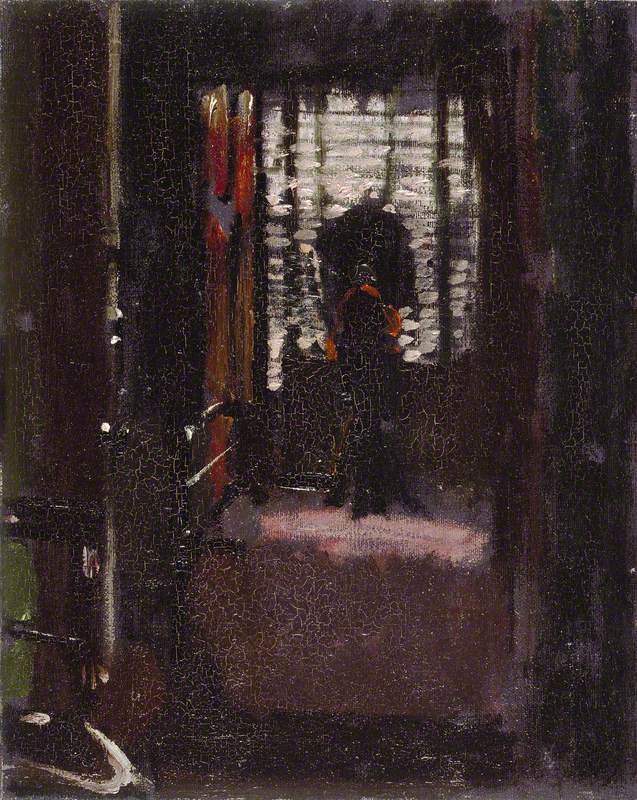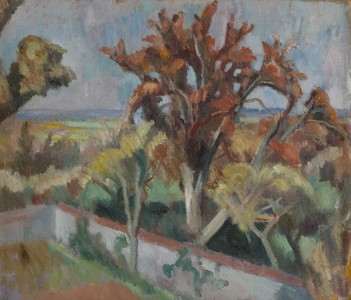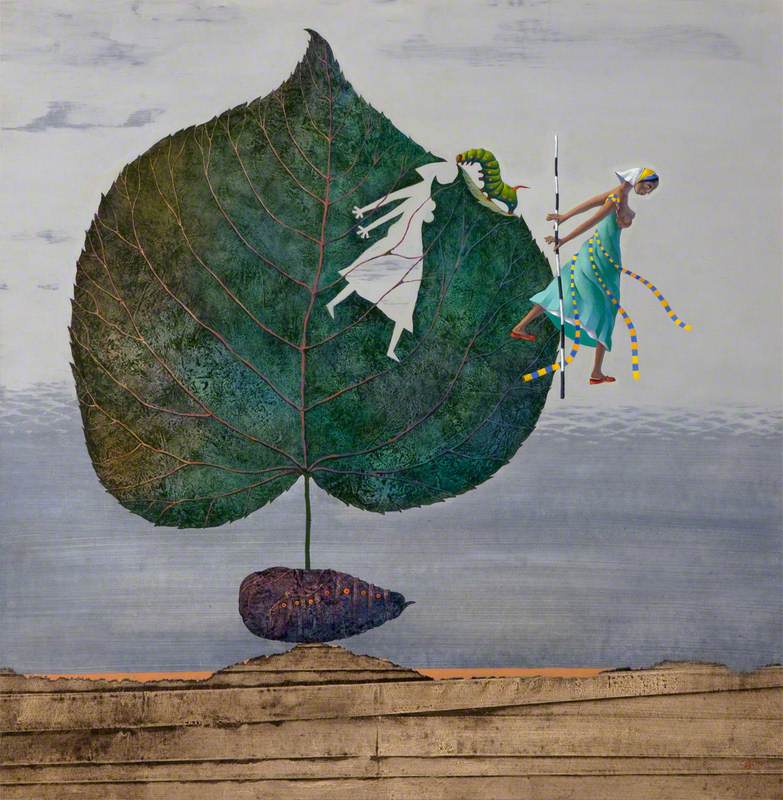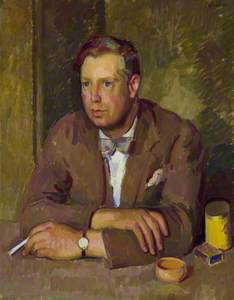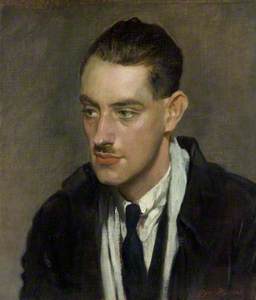The Lloyd Patterson Collection at the Ulster Museum holds a number of works by major British artists of the early twentieth century. However, the collection's name and history belie the avant-garde nature of the work it contains. In the collection's 1982 catalogue British Art 1900–1937, S. B. Kennedy provides an overview of its history.
Sir Robert Lloyd Patterson (1836–1906), DL, JP, FLS
1897
John Haynes-Williams (1836–1908) 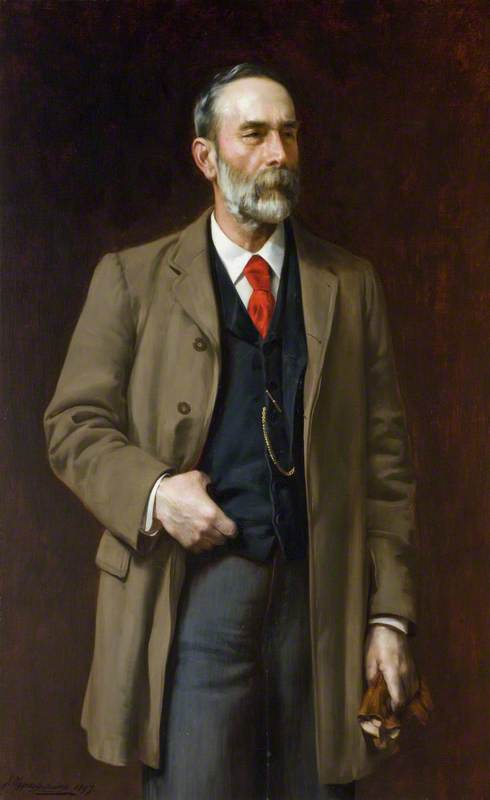
Sir Robert Lloyd Patterson was born in Belfast in 1836 and became a naturalist and a linen merchant in his home city, twice serving as President of the Belfast Chamber of Commerce. After his death in 1906, he left 135 artworks to the Corporation of Belfast, which were received following the death of his wife in 1926. Unsurprisingly, tastes had changed in the intervening years. The Belfast Libraries, Museums and Art Committee sought the advice of English art critic Frank Rutter, who did not hold back in his disapproval. He warned that the collection was so lacking in artistic merit that it would 'do actual harm' to the public by giving 'false standards of taste to the uninformed and ignorant'. Rutter's suggestion was to sell the entire collection and use the proceeds to purchase works of a higher quality from contemporary artists.
Seeing the original bequest as outdated in its Victorian sensibilities, the Belfast Museum and Art Gallery (now the Ulster Museum) consulted with the Contemporary Art Society in London to form the new 'Lloyd Patterson Collection'. There is no little irony in the fact that Sir Robert Lloyd Patterson's original collection would ultimately finance this acquisition of work by modern artists, often with comparatively bohemian values. This included a number of paintings by members of the Bloomsbury Group, so named for the area of London in which they regularly met. One notable piece in the collection is Interior (1918) by Duncan Grant.
Interior shows a domestic scene at Charleston House in East Sussex, the home Duncan Grant shared with writer David Garnett and artist Vanessa Bell (sister of Virginia Woolf), alongside her husband, the art critic Clive Bell.
As the Bloomsbury Group believed in pacifism, the three men were conscientious objectors. Moving to the countryside before the outbreak of the First World War allowed Grant and Garnett to find work on a local farm. The setting was bucolic, but their living arrangements were by no means conventional. Charleston House was an imaginative space, providing the freedom to live outside of societal norms. Duncan Grant had relationships with both Garnett and Vanessa Bell, whose husband was involved with other women.
Before moving to Charleston, Vanessa also had a relationship with artist and critic Roger Fry, who coined the term Post-Impressionism to describe the colourful and innovative work of artists like Cézanne, Matisse, Gauguin, Van Gogh and Seurat. In 1910, Fry curated an exhibition of Post-Impressionist work which, according to Virginia Woolf, caused the public to react with 'paroxysms of rage and laughter'. The Bloomsbury Group, in contrast, would find great inspiration in these works. Fry's painting Valley of the Rhône (1920) is also part of the Lloyd Patterson Collection.
Charleston was also a creative haven, with its surfaces, fixtures and furnishings acting as a blank canvas for Vanessa and Duncan. Every inch of the interior is decorated according to their designs, and today the house is open as a museum. Outside their beautifully painted walls, the country was suffering mass casualties and experiencing social upheaval. Interior, like Charleston House itself, is a microcosm of the Bloomsbury Group's ideas and practices. Beyond the interpersonal arrangements, Interior captures the various art forms of the figures involved. We see Garnett writing and Bell at her easel, painting a still life of apples next to a teacup. By positioning Garnett on the far side of the table, with an empty chair between them, Grant constructs a triangular composition suggestive of the complex relationships within the house.
Interior Scene, with Clive Bell and Duncan Grant Drinking Wine
Vanessa Bell (1879–1961) 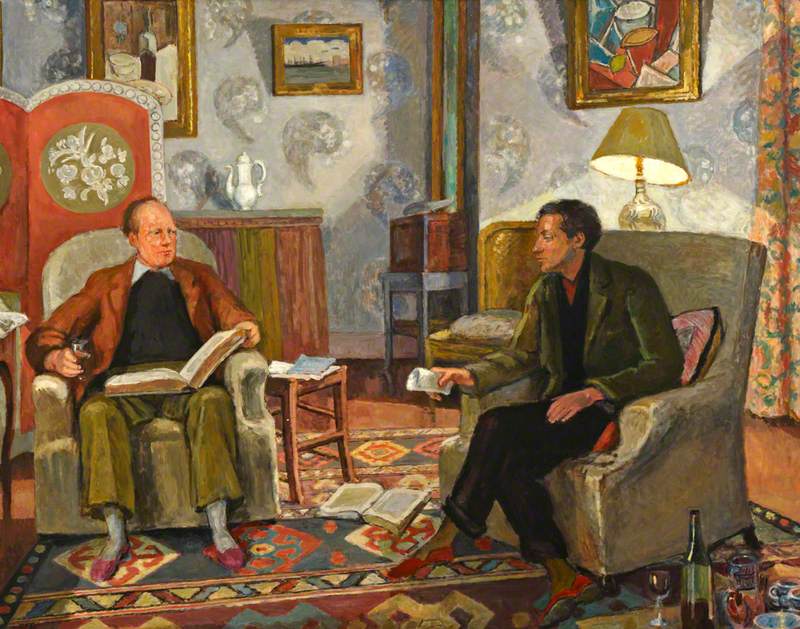
In the year Interior was painted, Bell would give birth to her daughter Angelica, who also became a painter. Until she was eighteen, Angelica believed that her father was Clive Bell, when it was, in fact, Duncan Grant. She would also marry David Garnett, 26 years her senior, without knowing he had been her father's lover until after they were wed. A later work by Vanessa Bell shows her own take on Grant's Interior. In Interior Scene, with Clive Bell and Duncan Grant Drinking Wine, Bell shows her husband and lover sitting together in conversation (perhaps suggesting that her picture portrays a more cordial domestic moment).
In depicting Bell's own work, in the 1918 Interior, as a painting within his own painting, Grant reproduces her perspective. We see Bell in profile and follow her gaze to the apples on the table, and so as viewers, we are included in the moment's intimacy. In a loving testament to Bell's style, Grant depicts her Post-Impressionist use of colour by choosing a rich golden yellow for her painting of the apples and a softer green for the 'real' apples.
Bell's Flowers in a Ginger Jar (1931) was also acquired by the Ulster Museum as part of the Lloyd Patterson Collection. The painted doorframe in the background of the still life gives a sense of her interior décor tastes. This painting comes just over a decade after Grant's Interior, and shows Bell's development as an artist through the post-war period.
While studying in London at the Royal Academy Schools, Bell was taught by John Singer Sargent. Cézanne was an important influence for her, as were the Cubist works of Braque and Picasso. This was an era rich with experiment and innovation, and Bell combined this range of influences into her own distinctive style. Her work emphasises colour and form, with shape taking precedence over subject matter. As her sister Virginia said of her paintings in 1930, 'No stories are told; No insinuations are made.' Her work would become more realistic through the 1920s, with Flowers in a Ginger Jar showing her ability to combine technical skill with her enduring appreciation for colour. Her brushstrokes are painterly and the vivid colour palette creates unusual contrasts, with the strong lines of the table and doorframe balancing the flowers' softness.
Another painting by Grant, David Garnett at a Table (in a private collection), is a study for Interior in which Garnett is seated, as he is in the larger painting. The perspective is different in this work, though he is, again, working on a translation of Dostoevsky's White Nights. In a letter dated 1979, David Garnett recalled that there were several sittings for Interior, emphasising the significance of this painting in Grant's body of work.
The Lloyd Patterson Collection also includes a 1930 portrait of David Garnett by Henry Lamb, the Australian-born British artist who also painted the writer Lytton Strachey, another member of the Bloomsbury circle.
Beyond the Bloomsbury Group, the collection contains work by a number of other notable artists of the early twentieth century. Easter (1928) by Walter Richard Sickert is another work influenced by Post-Impressionism, which influenced a number of the artists associated with the Camden Town Group.
Also in the collection is Sickert's Suspense (c.1916), an earlier Post-Impressionist work. Having lived between London and France, and at one time working with Degas in Paris, Sickert combined a range of influences and brought the ideas of the French avant-garde back to Britain.
Known for his depictions of the First World War and later Surrealist works, St Pancras Lilies (1927) shows Paul Nash working in a more naturalistic mode. This painting demonstrates Nash's position as part of both the English tradition and wider European modernism. St Pancras Lilies is one of a number of still life works painted by Nash during this period, though the painting's play with perspective and architectural form prefigures his interest in Giorgio de Chirico, whose work he would encounter the following year.
Another significant modernist piece in the Lloyd Patterson Collection is The Betrayal (1922–1923) by Stanley Spencer. The painting relocates the Garden of Gethsemane to the back garden of Spencer's family home in Cookham. In this union of the divine with the mundane, he treats the lofty and the local with equal reverence.
Spencer's commitment to combining spiritual themes with the everyday realities of humanity can perhaps be attributed to his war experience, having served as an official war artist. Causing controversy with his later work that incorporated the religious and the erotic, Spencer would resign as an Associate of the Royal Academy following the 1935 rejection of two works for a perceived lack of taste. Denounced by the press, he was defended by artists like Sickert.
Glyn Warren Philpot's Portrait of a Young Man (c.1920) is an example of the artist's sensitive portraits of men. Philpot was the longtime partner of fellow artist Vivian Forbes. As a gay artist, who also experimented with Surrealism and often painted Black male subjects, Philpot was at times subject to censorship, with some of his work withdrawn from the Royal Academy in 1933.
Gasteropoda (1929), shows the modernist work of Edward Alexander Wadsworth. Having contributed to BLAST magazine, founded by Wyndham Lewis, his earlier work had been associated with Futurism and Vorticism before developing a more naturalistic style.
The decision to purchase these modernist and avant-garde paintings from the proceeds of the original Lloyd Patterson Bequest was not uncontroversial. An article in The Northern Whig following the Gallery's opening suggested that Sir Robert Lloyd Patterson would 'turn in his grave were he to see the assemblage of hideous rubbish now bearing his name'. Now, almost a century on, the Lloyd Patterson Collection shows the Committee's foresight in ensuring that these historically significant artists would be present in Belfast's public museum.
Eva Isherwood-Wallace, writer and researcher
This article was supported by Crossland Tankers
